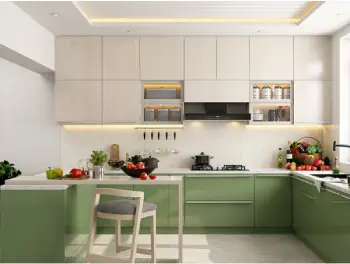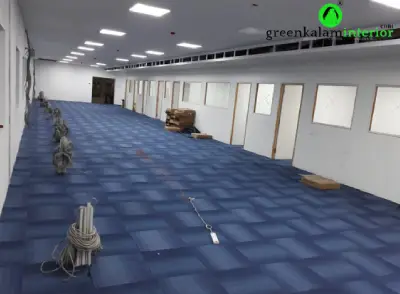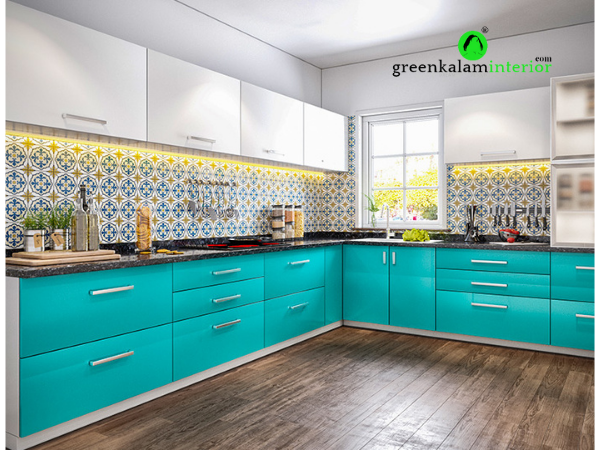Types of materials used in Modular Kitchen? Advantage and Disadvantages
Modular kitchens are known for their efficient and organized design, and the choice of materials plays a crucial role in both functionality and aesthetics. Here are some common types of materials used in the construction of modular kitchens: Medium Density Fiberboard (MDF): Description: MDF is an engineered wood product made from wood fibers, wax, and …
Types of materials used in Modular Kitchen? Advantage and Disadvantages Read More »





